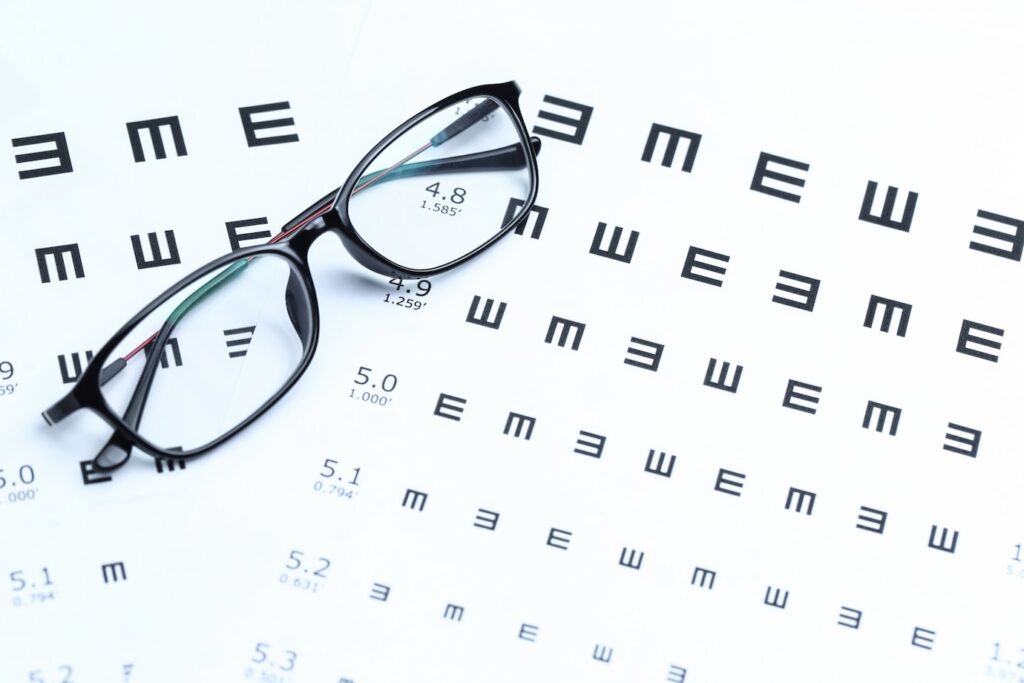How To Make Your Own Prescription Glasses
Most Americans do not have vision coverage, since it is a separate benefit for almost everyone except those over 65 who are on Medicare. The average pair of eyeglasses in the United Kingdom costs £215 after insurance. Only about 40 percent of Americans have vision insurance at all. It is also possible for Medicaid beneficiaries in certain states to receive vision care if they meet the income requirement. As a result, a large proportion of the population has to pay retail prices for glasses or contact lenses, or simply goes without, even in the “richest nation” on earth. In the world, approximately 2.2 billion people suffer from vision impairments, ranging from mild nearsightedness to total blindness.
Sadly, many of these people are unable to access vision care at all. Technology is used to test people’s vision, including glasses, and equipment to do so. In other words, the lack of access is stratified according to factors such as rural versus urban location, local government status, and average income.
One possible solution is to send vision care on the road. For example, in Alaska, optometrists may travel to remote communities to provide eye care. In some cases, manufacturers of mobile clinics serve all parts of the world, and researchers are even exploring the creation of “autonomous mobile clinics” powered by artificial intelligence. As part of the United Nations’ goal to bring the world up to standards defined by the United Nations, remote and low-income populations are explicitly targeted as one of the markets for these services.
In order to assist, some non-profit organizations are undertaking specific projects around the world. The Himalayan Cataract Project, an international organization based in the United States, provides training for medical workers performing low-cost cataract surgeries in the Himalayas. Due to the fact that the procedure is well established and straightforward, as well as the low cost materials, restoring someone’s vision in one eye only costs $25 or £20.
Yet, again, these options may not be suitable for every individual. What are people’s options when they cannot afford to visit a vision specialist or cannot afford the glasses prescribed to them?
Vision care in a kit
A new modular glasses kit offered by Global Vision 2020, the USee Vision Kit, has been developed so that almost anyone can use it. As a result of federal regulations, they cannot sell these kits in the United States for prescription eyeglasses unless an optometrist agrees to serve as the mediating prescriber. In order to become a refractionist, an individual must first complete training, which can be more or less formal depending on their location and specific needs. A set of lenses will be adjusted by the recipient using the tools included in the kit, and then the readymade frames will be fitted with the lenses.
It is important to note that refractionists are not optometrists (although optometrists are also technically refractionists) and optometrists are not medical doctors either. Optometrists are trained to examine eyes for defects that can be corrected with glasses and some diseases that affect vision, as opposed to ophthalmologists, who specialize in eye conditions and diseases. A licensed optometrist in the United States holds a doctor of optometry degree that is earned over a four-year period. An optician receives a two-year degree with training in order to fill prescriptions and fit glasses.
















